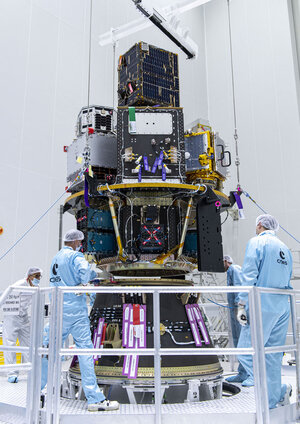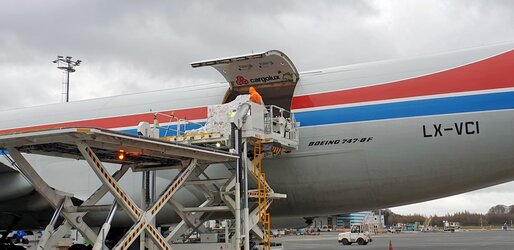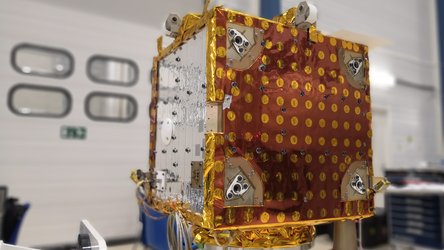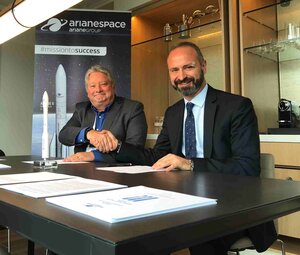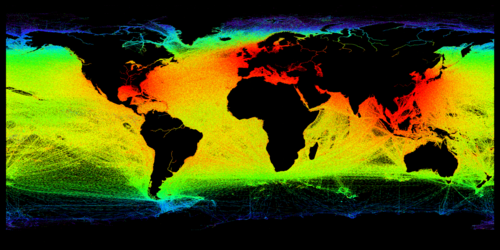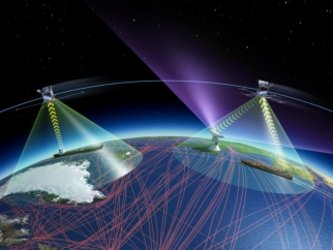Satellites for safer seas
Satellites make it possible to identify and track seafaring vessels all over the world, covering the oceans and the Arctic.
Ships of 300 tonnes or more on international voyages, cargo ships of 500 tonnes or more in local waters and all passenger ships irrespective of size are mandated by the International Maritime Organization to carry automatic identification system (AIS) equipment.
International AIS is the maritime equivalent of air traffic control. This radio-based communications system was originally developed to prevent collisions of large vessels. It transmits the course and speed as well as identification and position information to other vessels and shore stations.
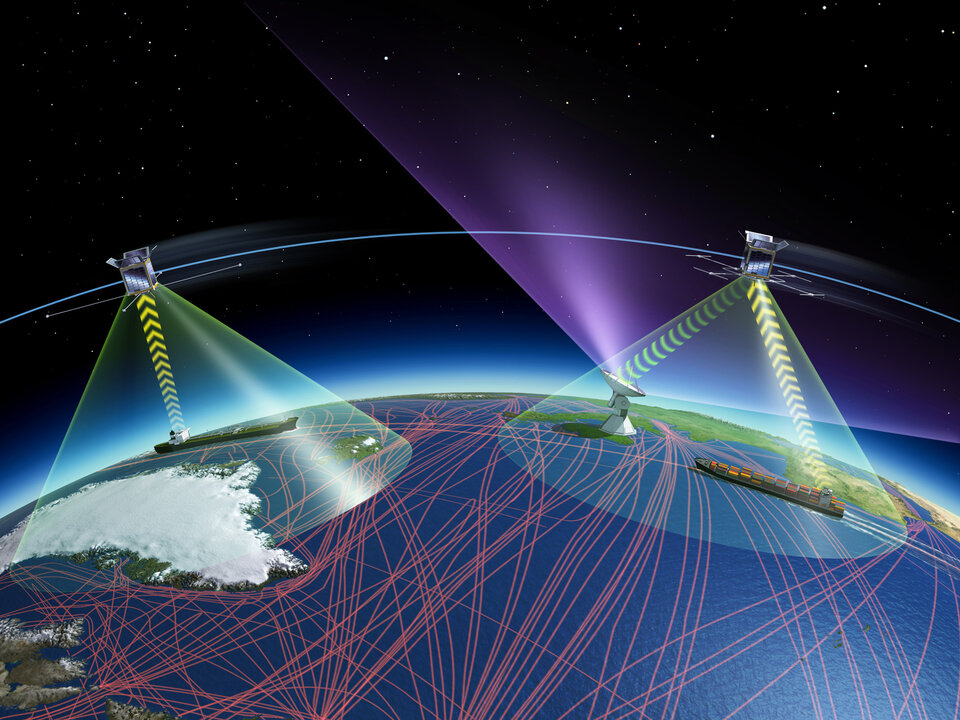
While AIS has been deployed globally, it suffers from a major limitation because Earth’s curvature limits its horizontal range to about 74 km from shore. This means that AIS traffic information is available only around coastal zones or on a ship-to-ship basis.
Tracking ships using microsatellites (SAT-AIS) solves this problem. The ship’s identity, position, route and other information is recorded and decoded by satellite then sent to ground stations for further processing and distribution.
ESA is promoting SAT-AIS systems, technologies and services in partnership with the European Maritime Safety Agency, a regulatory agency established in the late 1990s, along with a number of other major European maritime safety initiatives. It supports the European Commission and Member States in maritime safety services, such as the prevention of pollution from ships and tracking of dangerous goods.
The ESAIL satellite developed in an ESA Partnership Project with the Canadian operator exactEarth is part of ESA's SAT-AIS programme. The satellite is built by LuxSpace with the support of the Luxembourg Space Agency and other ESA member states. ESA's Partnership Projects aim to develop sustainable end-to-end systems, right up to in-orbit validation.
ESAIL was launched in September 2020 on Arianespace's first Vega rideshare flight from Europe’s spaceport in Kourou, French Guiana. It is now in a Sun-synchronous orbit at an altitude of more than 500 km.

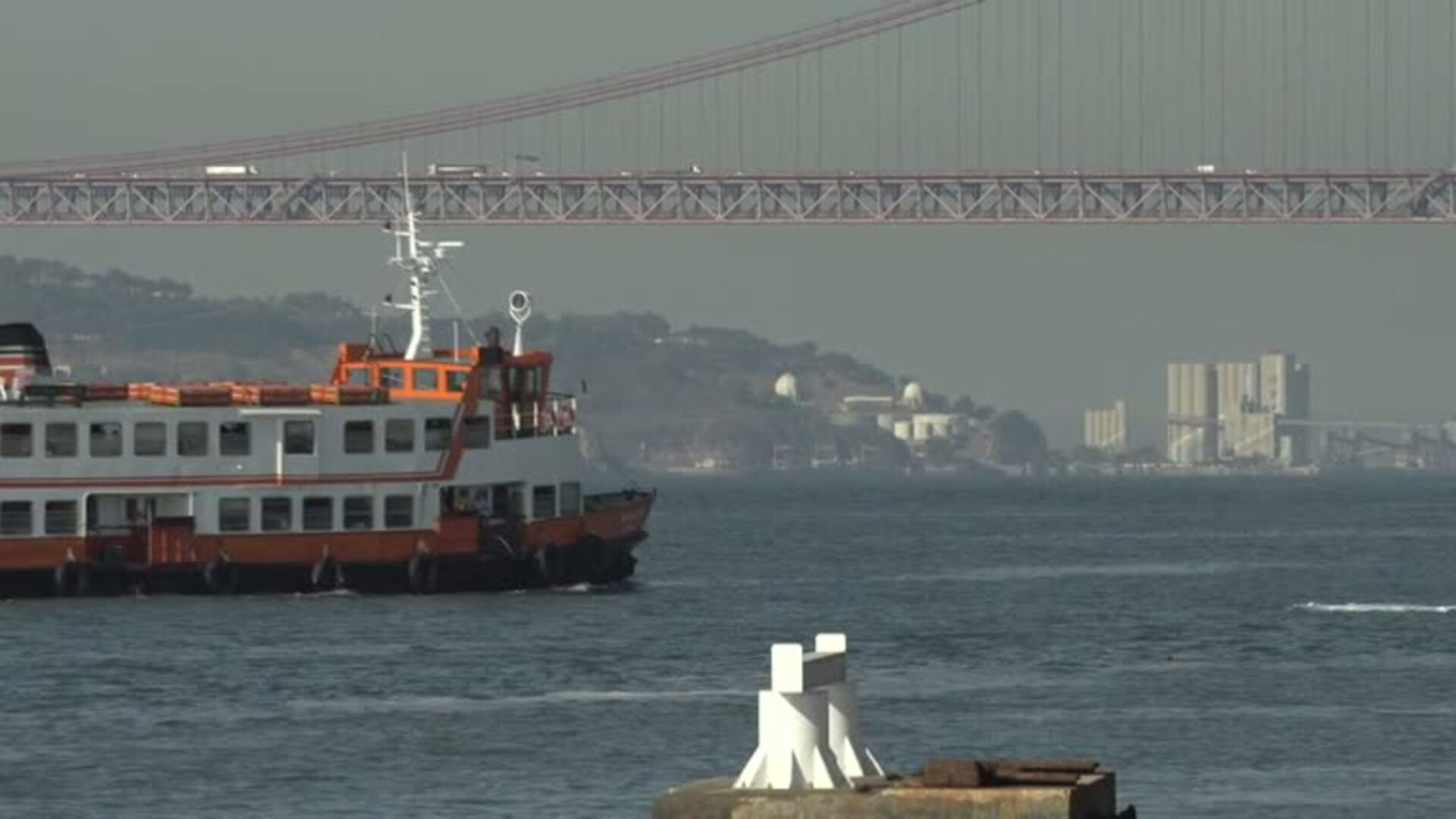
Access the video














 Germany
Germany
 Austria
Austria
 Belgium
Belgium
 Denmark
Denmark
 Spain
Spain
 Estonia
Estonia
 Finland
Finland
 France
France
 Greece
Greece
 Hungary
Hungary
 Ireland
Ireland
 Italy
Italy
 Luxembourg
Luxembourg
 Norway
Norway
 The Netherlands
The Netherlands
 Poland
Poland
 Portugal
Portugal
 Czechia
Czechia
 Romania
Romania
 United Kingdom
United Kingdom
 Slovenia
Slovenia
 Sweden
Sweden
 Switzerland
Switzerland

























